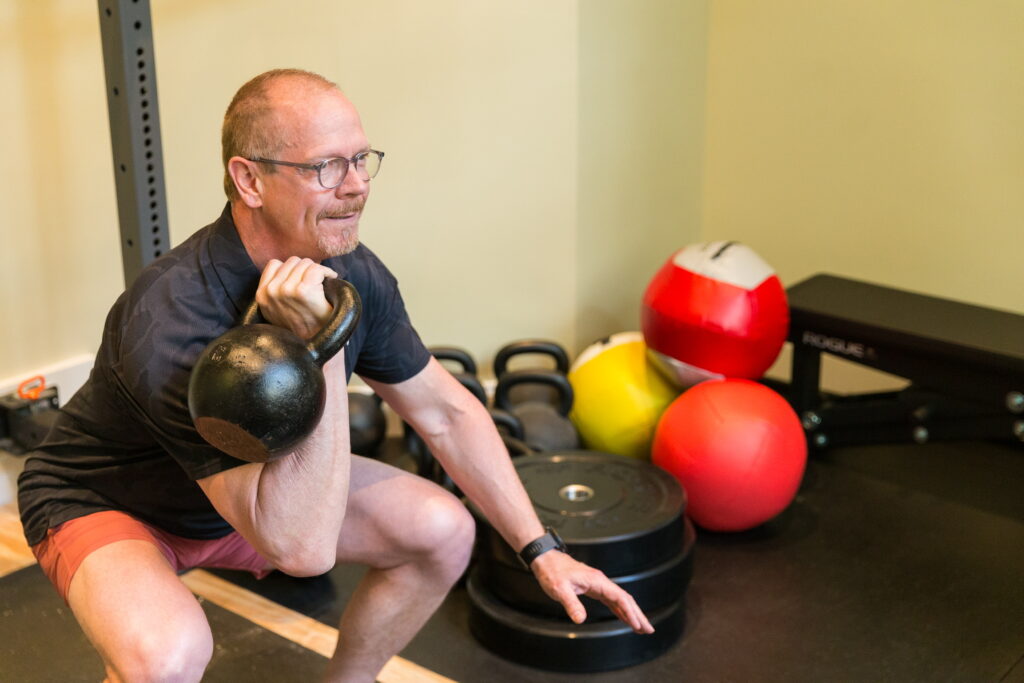Practical Wellness Strategies From a Former Federal Agent

by Terry Clark, Performance Optimization Expert
As a former federal agent of ATF (Bureau of Alcohol,Tobacco Firearms and Explosives) optimization is our lifeline. Some may have received the class on Wellness at FLETC (Federal Law Enforcement Training Centers) as a brief discussion during Criminal Investigative School as I did back in 1989. There was a short reference to a frog in a pot of water on a hot plate. Some old (seemingly to us) agent stood up there and said that the job could cook you like that frog so that you are being boiled but not jump out as the change is incremental. The heat and pressure build up over time. Many of us listened with no compassion, empathy, or vision of our own destiny. After all, we were young, vibrant, and strong; how could he be warning us?
Flash forward about fifteen or twenty years. Compare waistlines, sleep quality, alcohol consumption, blood pressure, blood sugar, cholesterol, etc. Did the work of ATF, whether the actual investigations, inspections, analyses, forensics, auditing, and vital support jobs, wear you down? How about the politics (small “p”), management and supervision disagreements, short-term travel, or multiple moves?
Most of my peers are now retired from ATF in their 50s or 60s, with a few in their 70s. It’s hard to name many that haven’t had surgical work done on their joints. Or to talk to one that isn’t on blood pressure medication, statins, metformin or insulin, or hormone replacement therapy. Not that there should be any stigma for receiving medical treatments for ailments. These are just indicators of humans in the fight against aging and premature death.

In the table above, you can see the latest CDC table for the top 10 causes of death for 2018/2019. The fact is that most of those can be prevented or delayed by the lifestyle choices we make every day. The chart for 2020/2021 will have a higher rating of COVID-related respiratory disease. The most significant point is that the leading comorbidities for COVID deaths are nearly identical with causes of early death. We not only need to look at our lifestyle choices in regular times but even more so in these pandemic conditions.

Lifespan, as we all know, is the length of time your life spans. That endpoint of your life is primarily determined by how long you can put off atherosclerotic disease (Coronary Heart Disease), stroke (Cerebrovascular Accident), cancer, and neurodegenerative disease. Delay those, and you live longer.
Healthspan is about preserving three elements of life as long as you can:
- Brain—namely, how long can you preserve cognition (i.e., executive function, processing speed, short-term memory)
- Body—specifically, how long can you maintain muscle mass, functional movement and strength, flexibility, and freedom from pain
- “Spirit”—how robust is your social support network and your sense of purpose.
The more significant objective isn’t to only extend the time you are alive; but to also ensure you have a more outstanding quality of life, or WellSpan, in your healthspan.

Who wants to be immobile, in pain, and demented but live to 120 years? Not me. Scientists predict the first person who will live to 120 is currently alive today. By optimizing our lifestyle choices, we can extend the time we can enjoy an excellent quality of life, spend time with those we love, and have a more significant impact on the world.
There are several categories of lifestyle choices we can look to optimize our wellness.
Sleep:
Effective rest rejuvenates the brain nightly and sets you up for peak performance.
• Have a wind-down routine; avoid alcohol and caffeine too close to bedtime
• Ensure your bedroom is dark, cold, and quiet, with no clock faces or electronic screens;
• Get 8.5 hours of quality sleep per night;
• Wake within an hour of the same time daily; and
• Avoid checking your phone first thing upon waking.
Exercise:
Stimulates Brain-Derived Neurotropic Factor (BDNF), an inducer of synaptic connections. Aim for sixty to ninety minutes a day.
Multi-modal aspects are best:
• Stability work (foundational, i.e., Pilates)
• Strength
• Aerobic (Zone 2),
• High-Intensity Interval Training (Zone 5)
Nutrition:
• Selecting a diet consistent with your genome (to be expanded on in another article) is critical;
• Match calories with body composition targets through intermittent fasting/time-restricted eating;
• Reduce/eliminate processed, baked goods, and fried foods typical of the Standard American Diet;
• Look for foods sources with Carnosine, Omega-3 fatty acids, Curcumin, Flavonoids, Vitamin D, Vitamin E, Choline, Vitamin C, Astaxanthin, Selenium, Copper, Iron (young women); and
• Limit saturated fat to less than ten percent
Breath:
A daily practice of breath entrainment
Methods can be as simple as box breathing, observational breathing, pranayama breathing, or Wm Hof. All systems have value. Find the one that is suitable for you.
Mindfulness:
• Transcendental meditation
• Mantra meditation
• Movement meditation
• Focused meditation
• Spiritual meditation/prayer
• Mindfulness meditation
There are many mindfulness options available; individuals need to choose the one that works best for them.
Supplements:
Blood tests can confirm individual deficits of nutrients required to support brain function, including Carnosine/Beta-Alanine, Choline, Tryptophan, Tyrosine, Glucose, Vitamins B1, B3, B6, B12, C, E, Folic Acid, Pantothenic Acid, Zinc, Copper, Selenium, and Vitamin D3.
These steps are a first start. In the interim, do your best to dial in your sleep. It is foundational to all other aspects of your wellness. To dial in a performance plan specific for you, let’s set up a discovery call.
Be well.



